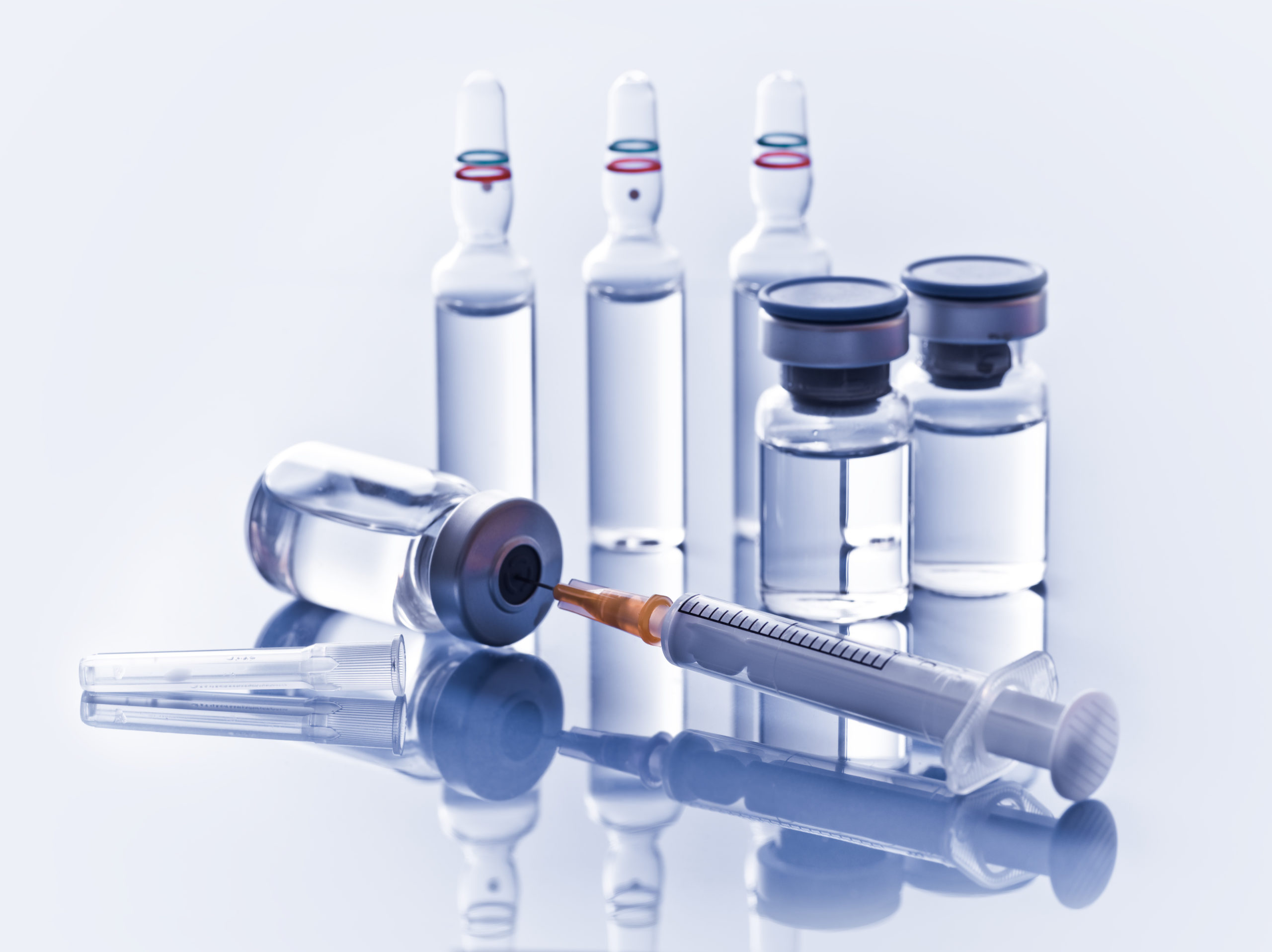An EUA (Emergency Use Authorization) was, until recently, rarely given. With the start of the COVID-19 pandemic, many new pharmaceuticals and medical devices received EUAs in order to help combat the pandemic. On top of vaccines, many medical devices, such as ventilators, patient monitoring devices, and infusion pumps, received EUAs.[1] While an EUA provides great aid to public health it does not last forever and if the manufacture wishes to keep their product on the market then compliance with FDA regulations is still necessary.
Manufacturers should be aware of the necessary steps to achieve FDA approval once the EUA inevitably ends. If the FDA does not approve the product before the end of the EUA then the product will need to be potentially recalled. Generally, an EUA lasts as long as the public health emergency does. It is possible to receive FDA approval before the EUA ends, this way there is no issue with the product being on the market once the emergency is declared over.
Depending on the type of product being manufactured there are multiple pathways that can be taken. For medical devices, such as ventilators, the 510(k) pathway will be the one most often used. The 510(k) pathway is used for devices that there is already a predicate device for on the market. This is as opposed to the De Novo pathway which is undergone when the device is entirely new.
On the other hand, for pharmaceuticals and other drugs, a New Drug Application (NDA) or Abbreviated New Drug Application (ANDA) would be needed. For drugs that have a monograph available and are over the counter (OTC) the OTC drug monograph path is also an option. Meeting the quality and compliance standards set by the FDA can be tough. EMMA International can help prepare for FDA approval following any of the pathways above and more. From developing a quality management system to assisting with regulatory submissions, EMMA can help bring your medical product from concept to commercialization. Give us a call at 248-987-4497 or email info@emmainternational.com to get in touch with our team of experts today.
[1] FDA (September 2021) Emergency Use Authorization retrieved on 10/5/2021 from: https://www.fda.gov/emergency-preparedness-and-response/mcm-legal-regulatory-and-policy-framework/emergency-use-authorization#vaccines





